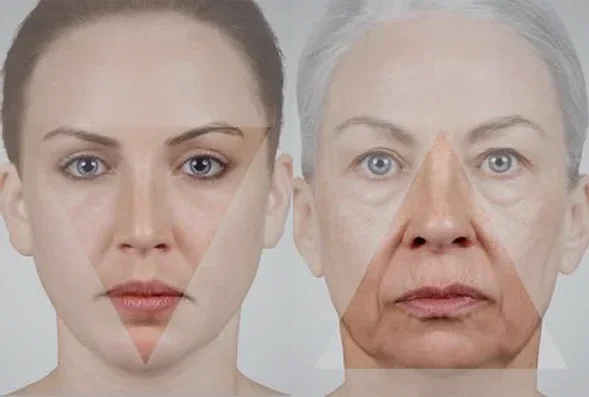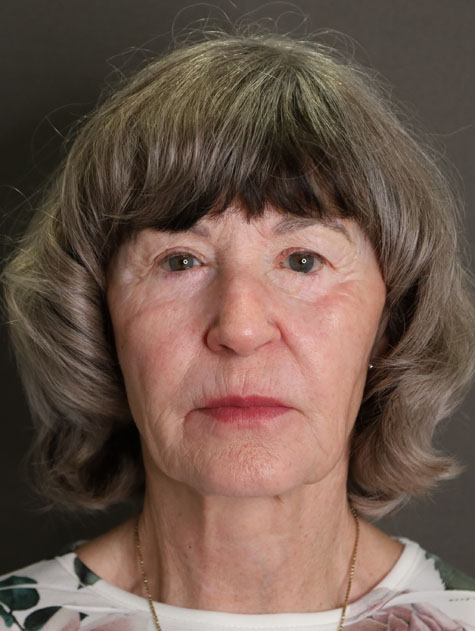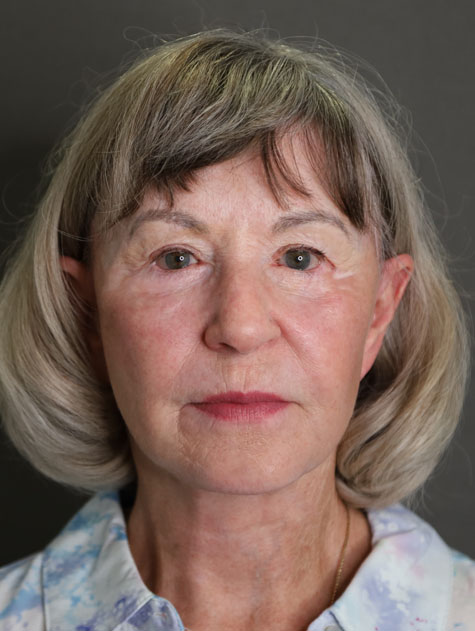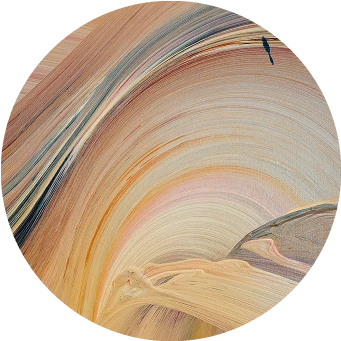What is a Facelift?
Facial aging affects us all, and when it occurs, our faces can begin to look different from how we perceive ourselves. Put differently, we feel as young and vibrant as we always have, yet our faces start to show our true age. The tissue in the face weakens and loses its elasticity, and fine lines, wrinkles, folds, and sagging skin begin to develop. Visible signs of aging can make you appear older than you really are and certainly older than you feel. It bothers us. It makes us self-aware in situations involving photos, as well as in close interpersonal and professional interactions. While injectables and other non-invasive procedures can help reverse early signs of aging, it is the primary reason people come to see Dr. Mather for help in truly remedying more advanced signs and restoring a youthful appearance to the face. Patients often express to the doctor that they no longer recognize their faces in the mirror or that they feel younger than they look.
What everyone wants is to look as young as they feel, simply, and this means erasing the recent changes affecting our faces and restoring them to a period before aging began to make them look different. When aging is addressed, the biggest impact is emotional. Feeling comfortable in your own skin is essential for overall happiness. This is what gives Dr. Mather’s work so much meaning. A facelift addresses the undesirable effects of the aging process, from the corners of the eyes down to the jawline. Designing his procedures specifically for each patient, Dr. Mather prides himself on achieving age-reversing outcomes that target the underlying facial foundation and restore tissues to their original position, resulting in a naturally rejuvenated appearance without a stretched or unnatural look. The goal of a facelift is not to change who you are but to simply take you back to a more youthful version of yourself.


















